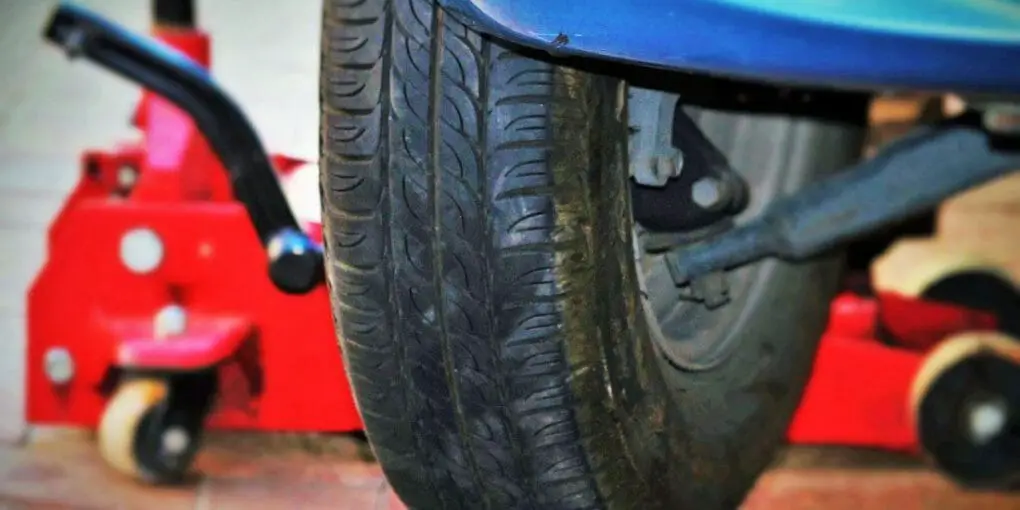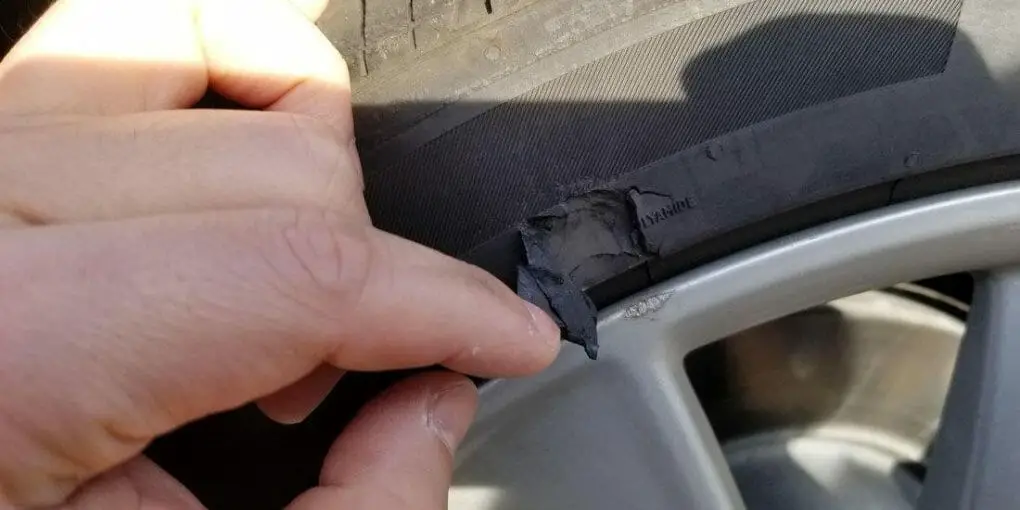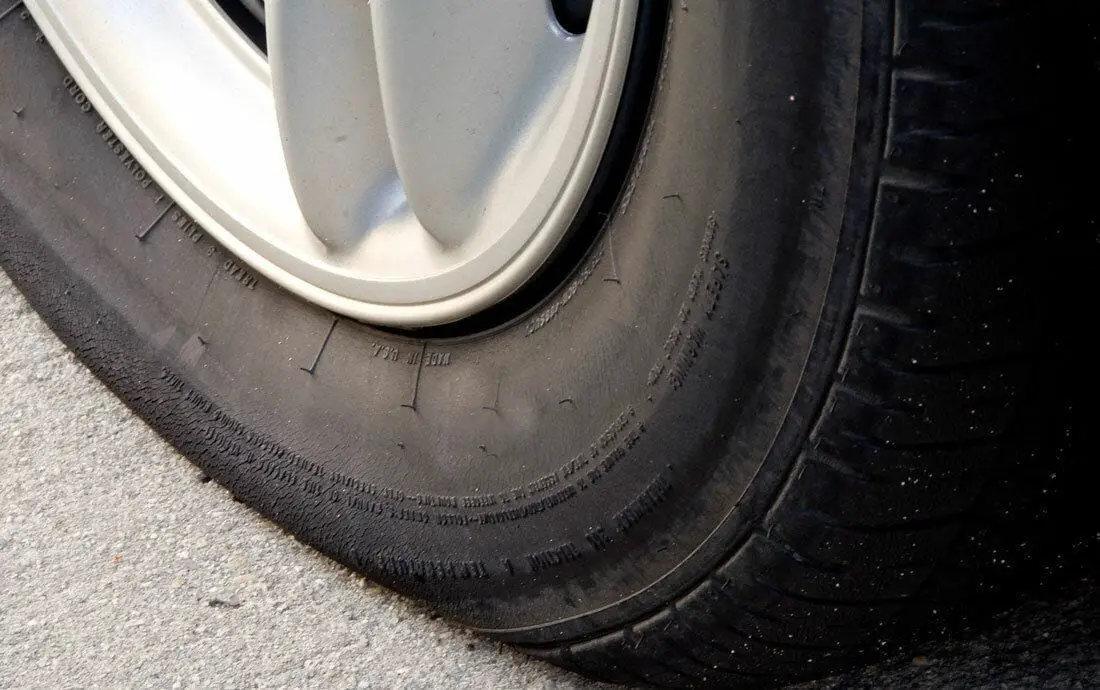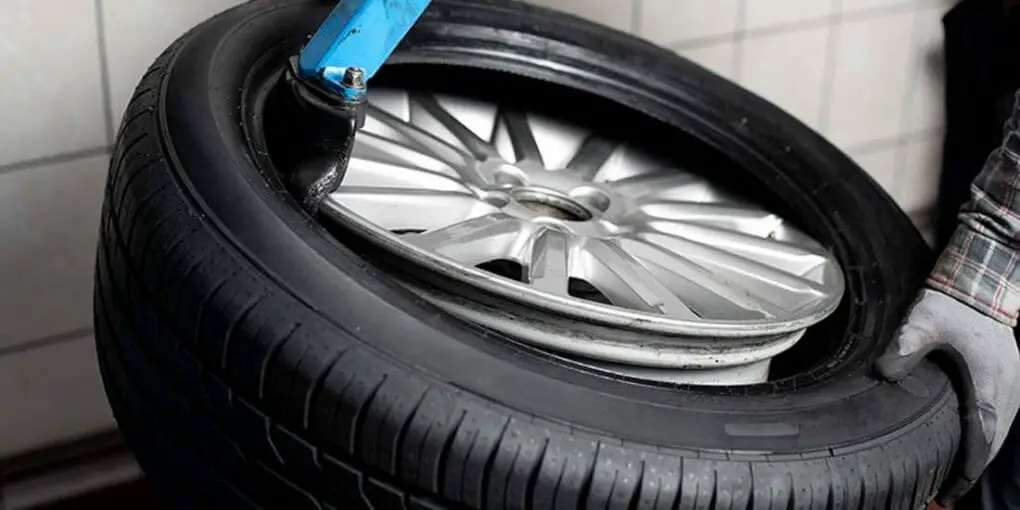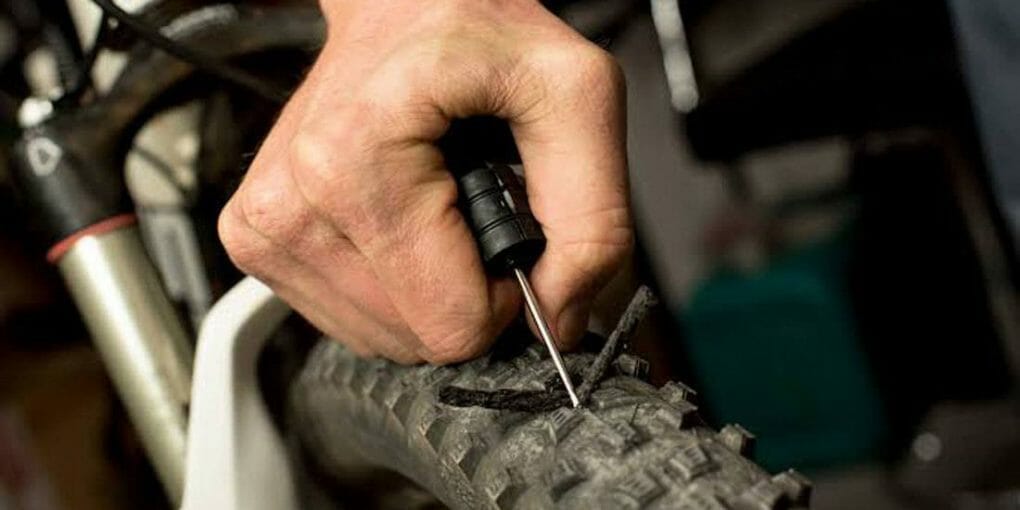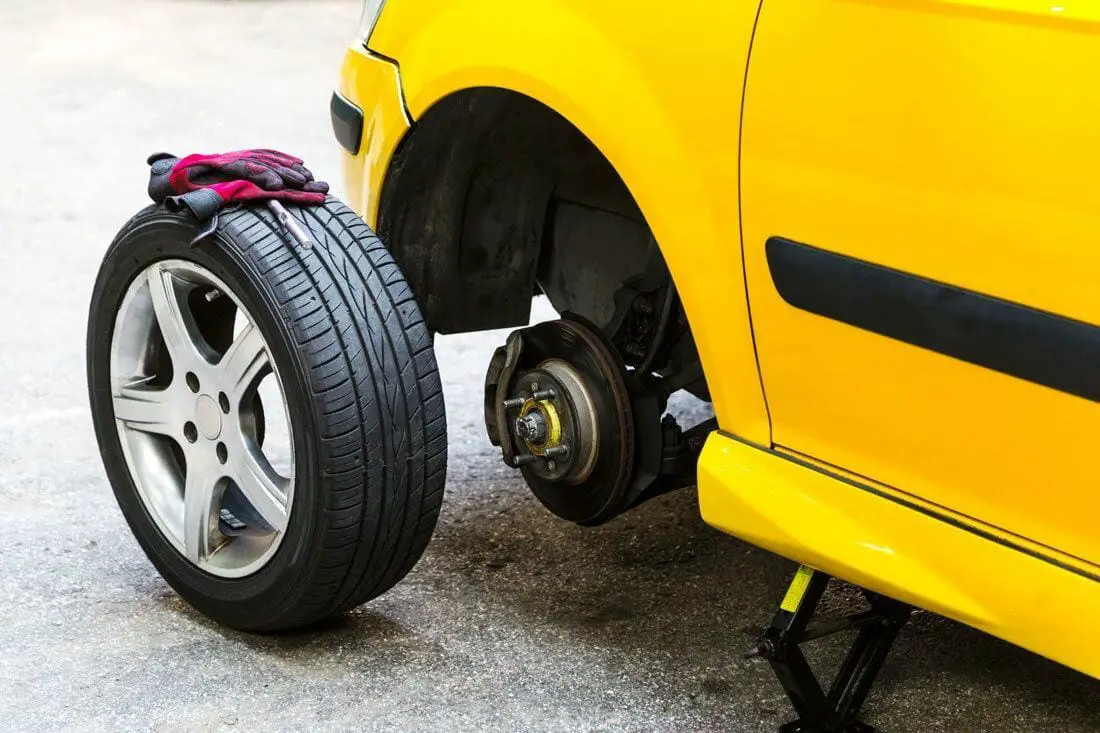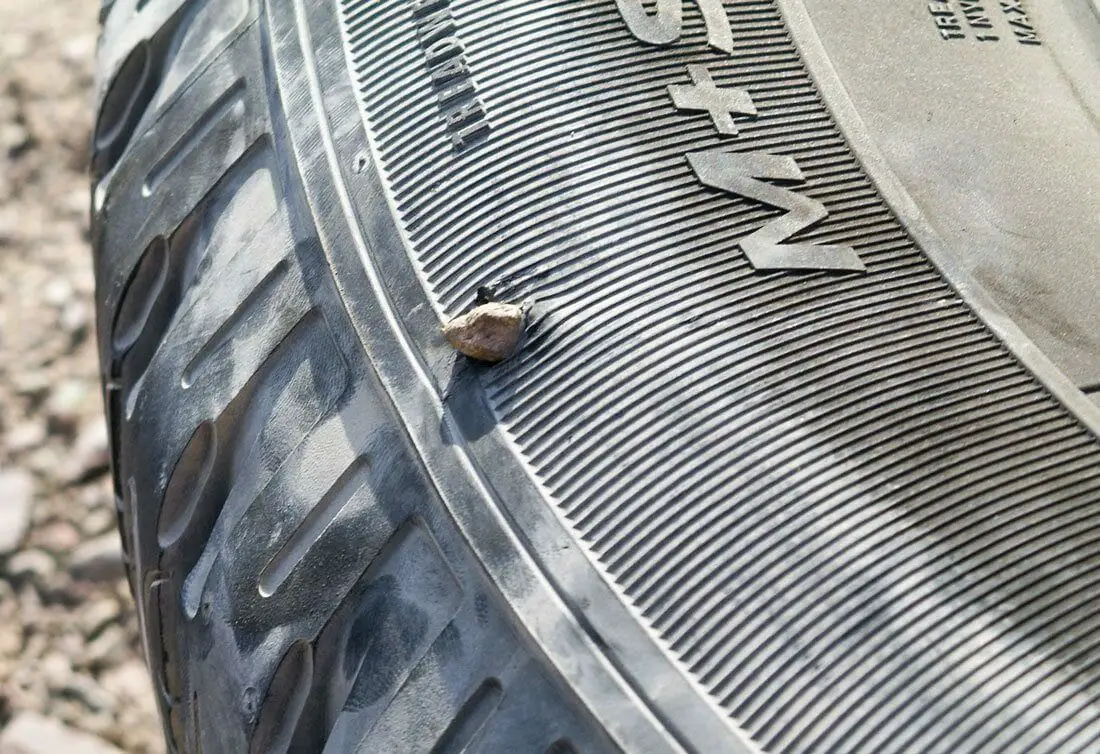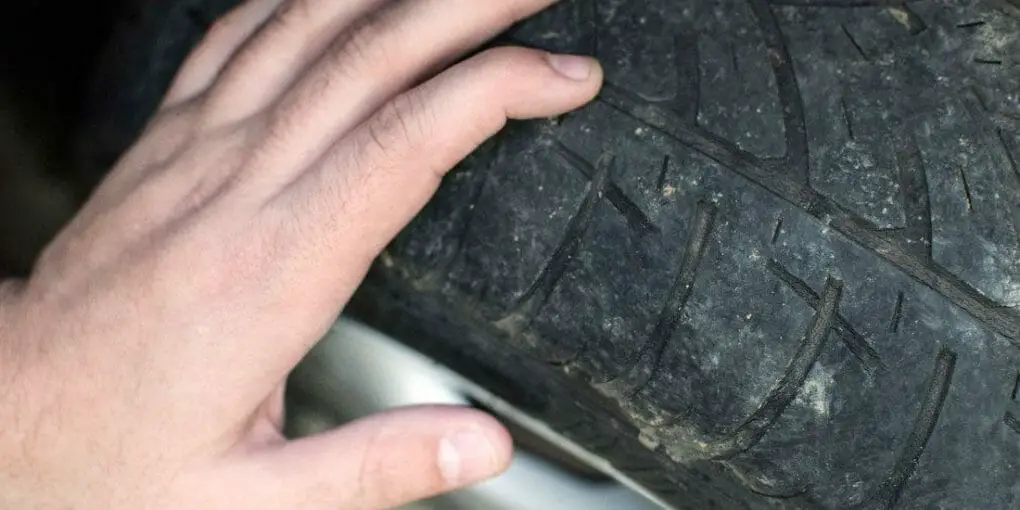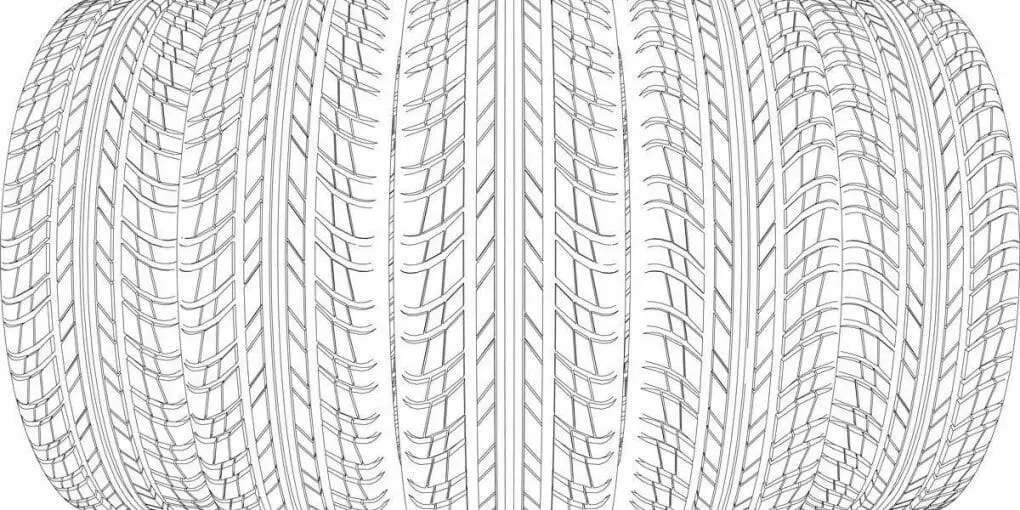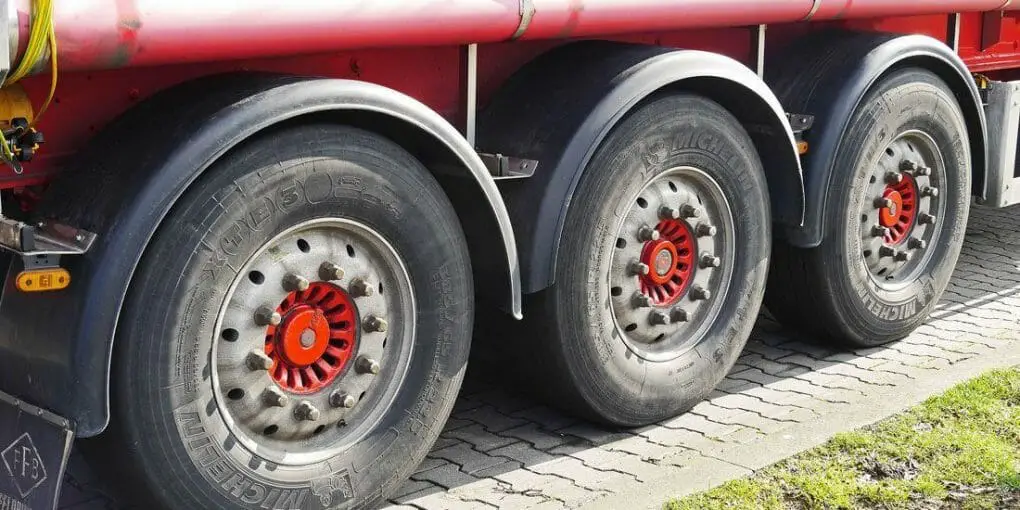As you know, the tire is part of the suspension system of a vehicle, and it plays a unique role in keeping you in control of the car while driving. All the weight of the car, including the added weight of either humans or objects. This is why it is essential to keep your tires in perfect shape and making sure that you check up on your tires.
No products found.
One of the simplest ways of maintaining your tire is by giving it a regular rotation, that is how often you get to rotate your car tires. Your vehicle tires should be able to grip the road when in motion, whether the road is wet or dry.
Why Should You Have Your Car Tires Rotated?
Your front and rear tire(back tires) wear differently because the weight of the car is not evenly distributed to the tires. For example, your front tire carries more of the car’s weight, and this will cause the front tires to wear before the rear tires do (back tires).
Making turn or corners wears your front tires more quickly than that of the rear tires because when you take a turn, most notably taking turns through the right tires, the vehicle rests the load more on the right side of the tire, thereby causing it to wear faster than the left tire. After driving for a long while, of course, you should expect that there will be wearing tire treads, this is always bound to happen.
Now, the essence of rotating your tires from one position to another is to make the natural wear even. This will help such that you wouldn’t have to change your tires almost every time because of fatal damages done on the tire. This will save money for you as time goes on.
In What Time Sequence Should Your Tire Rotation Be?
Once you go about three thousand to five thousand miles, you should rotate your tires, even when they don’t show any sign of wear. One recommended way to do it is to do so every time you have to get your engine, new oil, or go for servicing your vehicle.

You must rotate your tires within this mileage if you hope in reducing the cost of maintaining your vehicle or changing tires. That period when to rotate your tire should be when you are doing servicing on your car.
Tools Needed
Removing your tires for rotation is not much of an issue once the necessary tool to do that is present. We will be looking at some of the tools needed for tire rotation.
Carjack – Every vehicle comes with a jack just in case you want to use your car jack to lift your vehicle; it is safe. This tool is designed to help raise the car for the period required to do a quick change of your car tire(s) but to a particular height. When the jack you use is a hydraulic one, there can be no safer method. A good jack will go you the lift needed for the process and get the work done in no time.
Jack stands – After getting your vehicle up, you will need jack stands as a rest for your car while you remove and switch the tires. Different kinds of jack stands could fit every vehicle's weight and size.
The Patterns Of Rotation: Non-Directional Or Directional Tires
Before you start loosening the studs and nuts of the tires, you need to know the pattern to which you want to switch the tires. The way your vehicle is being rotated depends on your car pattern of rotation.
For Directional Tires
They come with a directional tread pattern precisely for the car's tires' direction. These are specially made for both sides (either left or right). On the tires, you’d notice little arrows or small triangles indicating the supposed car tire's direction. However, to rotate the front tires, you will have to swap the front right tires with the back right tires and also swap the front left tires with the end left tires.
Non-Directional Tires
The pattern of the tread for this kind of tires is designed so that it is perfect for any wheel. You have to go by the ‘cross-pattern so that you can rotate the Non-Directional Tires. For instance, the front tires are moved to the other sides of the rear tires, and the rear tires go forward when dealing with a car that has a rear-wheel drive, Vehicles with front-wheel drive, do precisely the opposite. The rear tires go to the other sides of the front wheels, and the latter moves back.

Rotating Your Tires: Step-by-Step
First of all, before trying to loosening the studs and nuts of the vehicle wheel, you will have to put your vehicle in park mode with the use of the gear handle in that way the tires are not able to move while attempting to remove the studs and nuts. This process is done after you have used your car jack, lift or jack stands to lift the vehicle to a certain level that you are comfortable with. Then, loosen the wheel nuts (loose all four tires).
The pattern of your tires —whether directional or non-directional— should affect how you rotate them after removal. After placing the tires back as appropriate, the studs and nut should be screwed again and tightened properly, remove the jack stands and car Jack’s, and now you are good to go! Repeat this procedure after 3,000 to 5,000 miles.
Watch How to Rotate Your Tires
How To Rotate Tires With One Jack FAQs
How often should I rotate my tires?
Tires should be rotated every 5,000 miles. But, many people will only get it done when they are doing a service on their vehicles.
Why is it important to rotate your tires?
Rotating tires helps the tire to last longer and cuts off excess and unnecessary spending that can be avoided. The way your tire wears off is determined by the weight that is distributed to every four tires. So, therefore, rotating tires will help them wear off at the same time but last longer before wearing off.
What is a tire rotation?
The pattern that is used during tire rotation is dependent on if your vehicle is front, rear, four or all-wheel drive, the drivetrain of your car affect how your tires wear over time.
DIY or Mechanic?
Well, it is better to allow a mechanic to do their job because rotating tires is best done manually. If you try doing it yourself, you might not be able to get the alignment properly, and it might be turned the wrong way. A trainer mechanic can make sure that your tires are rotated well.
Is it advisable to use just one jack to lift the vehicle for rotation?
No, it is dangerous to use just one jack, but advisable to use a jack stands to support the car jack to prevent an accident.
Final words and recommendations
If you have gone through this article, you will find out that it’s n even a big deal to do this rotation. It doesn’t cost much work only if you know the rotation Pattern of the tires. It is advised you use the car Jack’s and stands for this operation.
But for a regular mechanic workshop, to make your work more comfortable, you can use a lift to lift the vehicle a bit for an easy process.
Sources:

